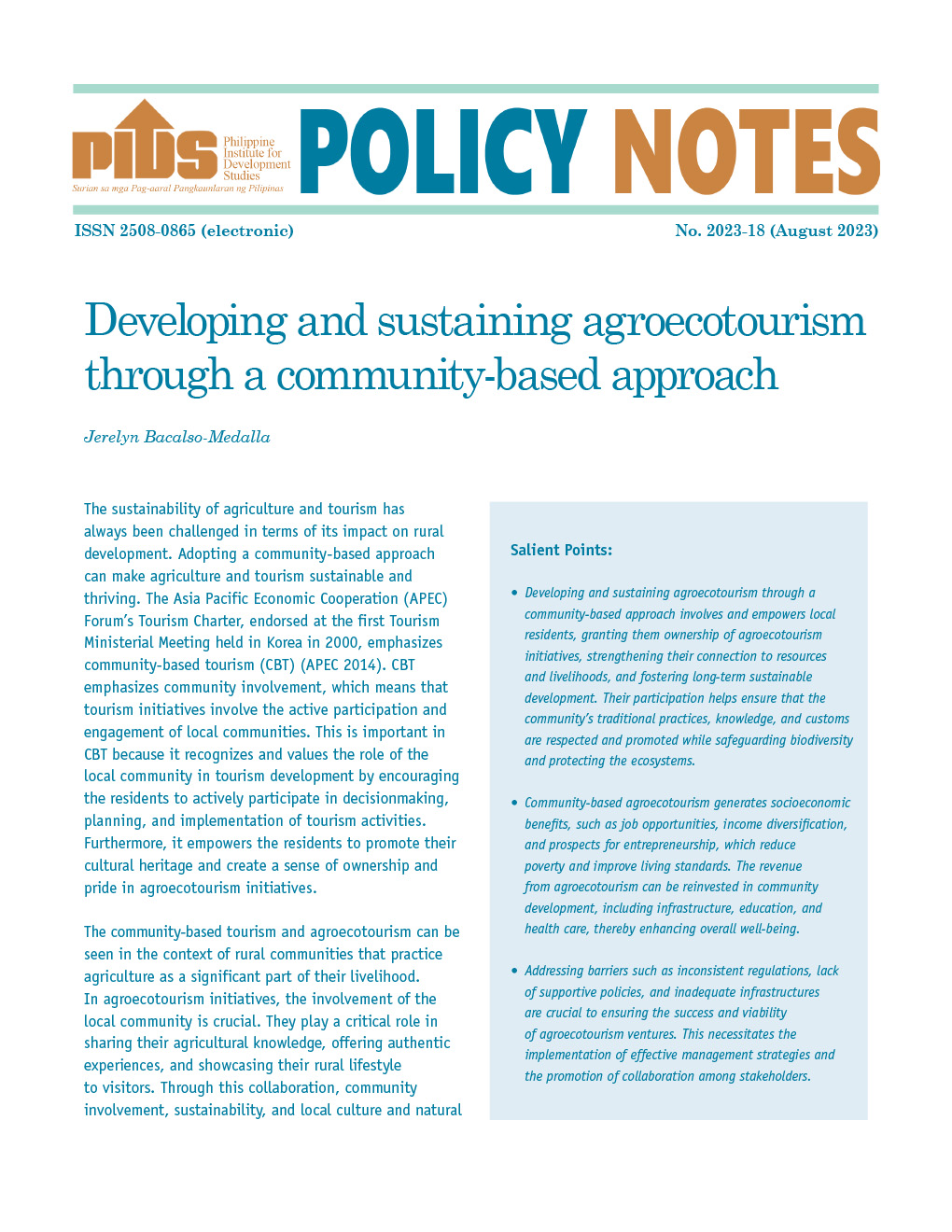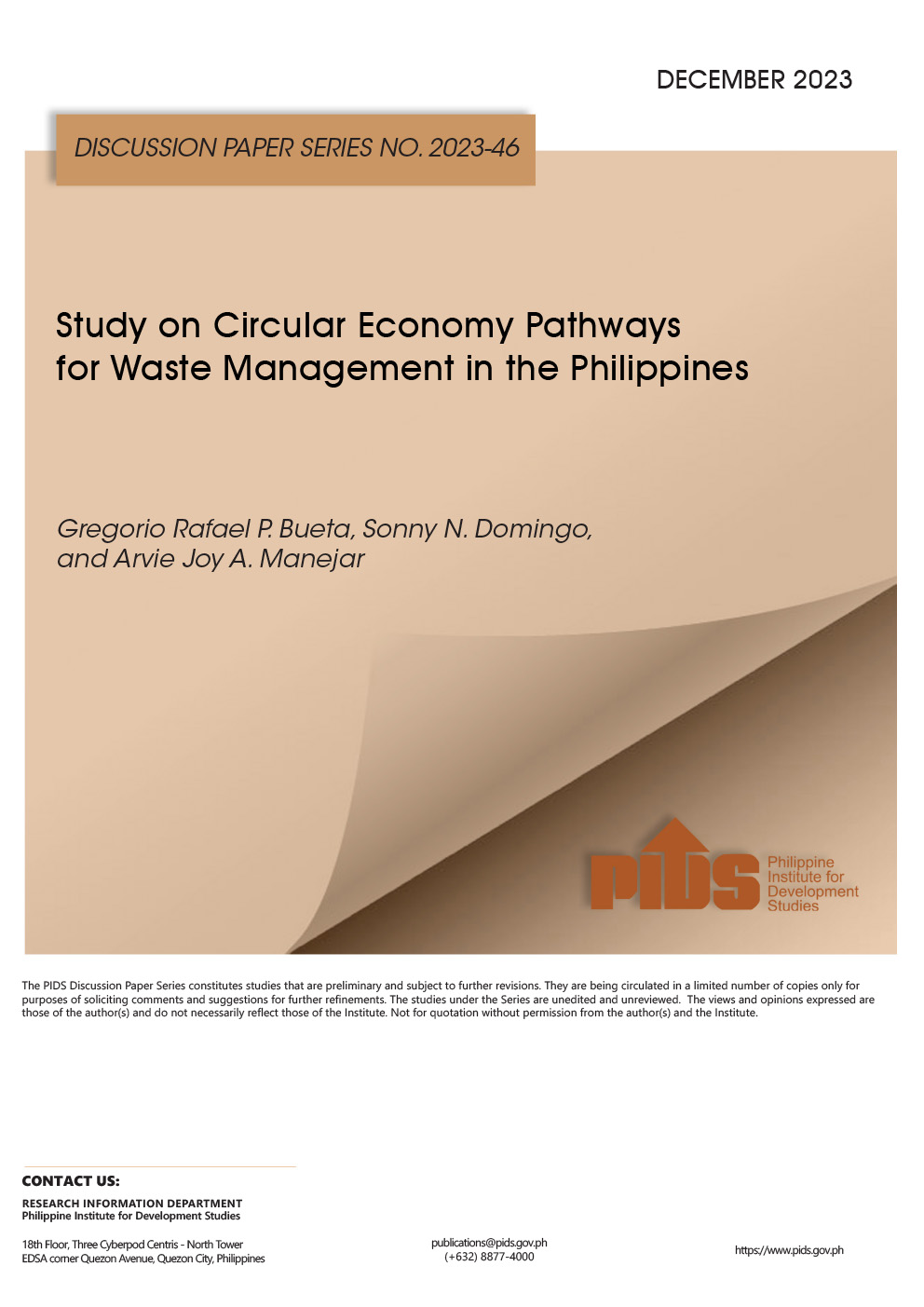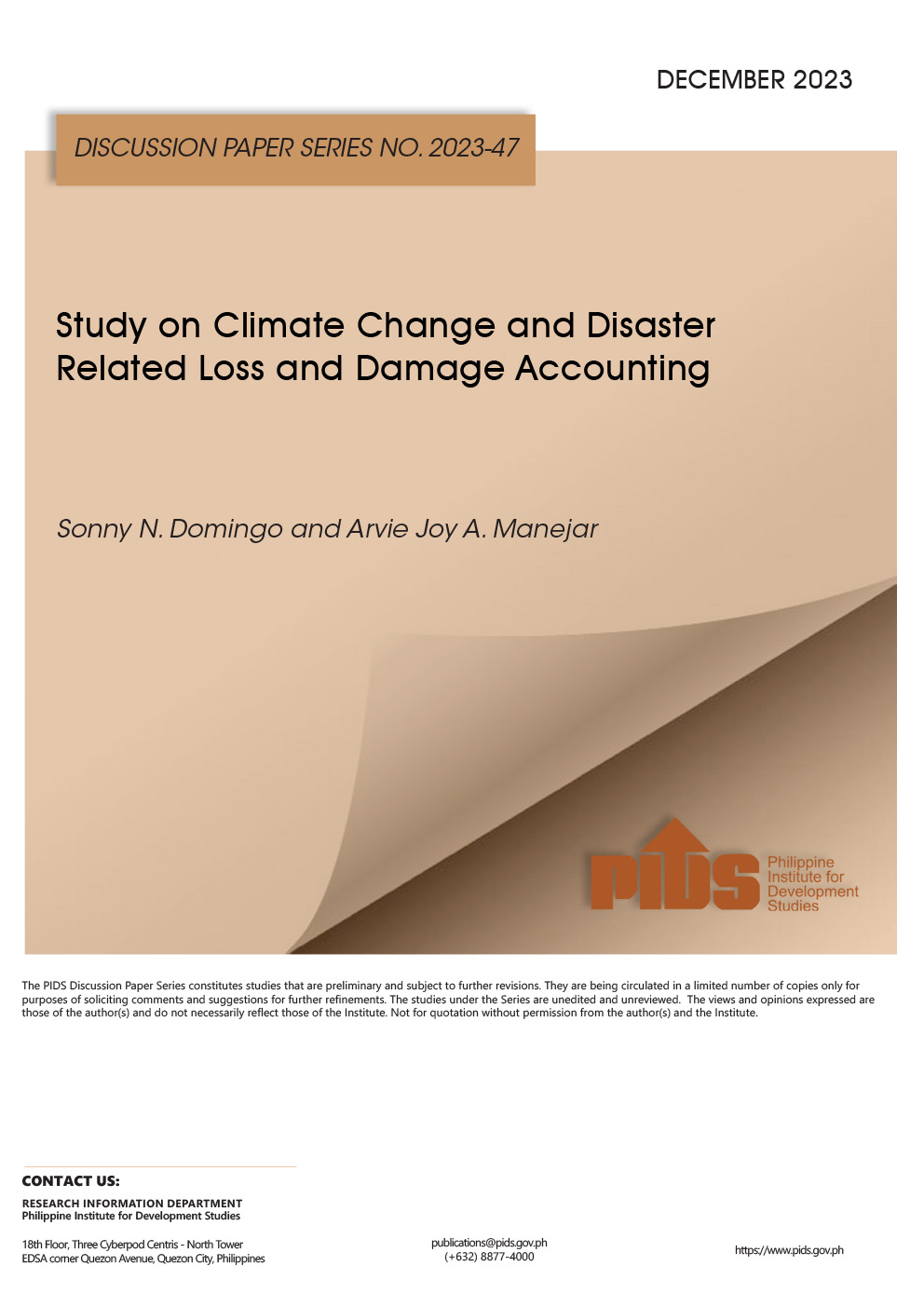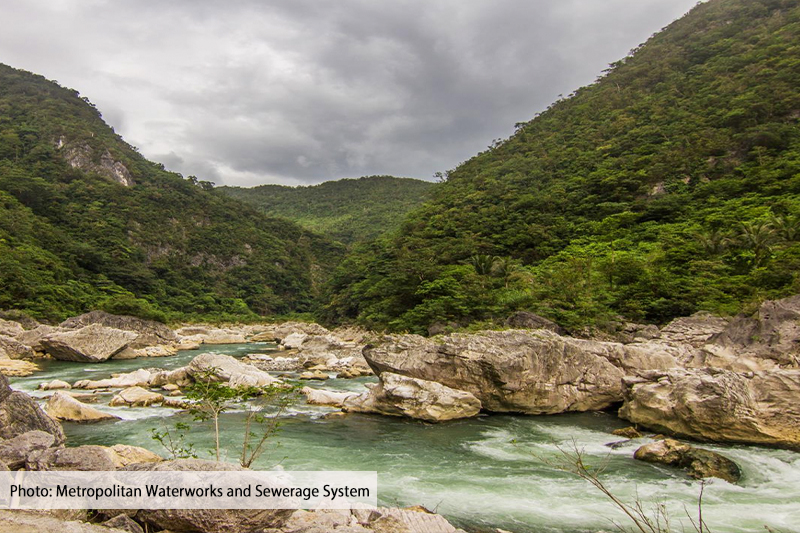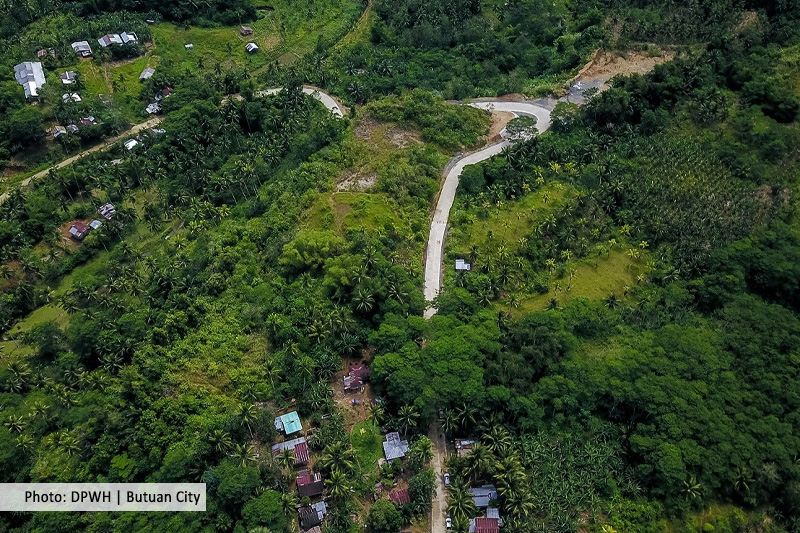At a glance:
- Forest loss persists in the Philippines even with a log ban and protection laws in place.
- Forest cover has remained the same since the first Aquino administration as losses in some parts of the country have eclipsed gains in others.
- The Mimaropa region – covering Mindoro, Marinduque, Romblon and Palawan – has seen the worst deforestation in recent years.
- The Duterte government excluded reforestation efforts among its commitments to mitigate climate change under the 2016 Paris Agreement.
- Bills that are meant to address legal gaps in protecting forests are languishing in Congress.
Mindoro is the seventh largest island of the Philippines. It sits at the bottom of Luzon, where the country’s capital is located, and stretches toward the northern tip of Sulu Sea. Large ships pass through its unpredictable waters, and on its seabed lie the wreckage of vessels that didn’t survive it.
On land, a spine of mountains runs across its center. Its forests are home to the tamaraw, dwarf buffalos whose images once graced one-peso coins. They used to be widespread, but are now critically endangered.
Land conversion has wiped out most of the habitat of the tamaraws. The lush expanse of forests where they liked to wallow in mud pits undisturbed have been flattened to make way for human settlements.
The same fate has befallen a species of pigeons called Mindoro bleeding-heart, named so because their breasts resemble a puncture wound with a blotch of orange at the center that deepens to dark red.
The rate of deforestation, which in turn drives the endangerment of species on the island, has been alarming, said ecologist Neil Aldrin Mallari, who studies the Mindoro bleeding-heart as president of the Center for Conservation Innovations.
The birds are also found on the islands of Negros, Panay, and Mindanao but the lowland forests where they used to live — the temperature there is right and fruits are aplenty — have drastically thinned through the years.
Mallari said the few remaining pigeons try to adapt, retreating to high altitudes where there are still trees to offer refuge. Those trees are their last stand.
Mindoro lost more than 200,000 hectares of forest cover from 2003 to 2015. It’s about the size of land that 3,000 SM Mall of Asia complexes would cover if they stood side by side. The neighboring tourist haven of Palawan also lost nearly 30,000 hectares of forest land during the same period, based on government data.
The losses of Mindoro and Palawan in terms of forest cover make Mimaropa the most deforested region in the Philippines, even if other islands in it such as Marinduque and Romblon recorded some gains.
Mimaropa is also a microcosm of the state of forests in the country. Some provinces have successfully expanded their forest cover, but the gains were erased by consistent losses in others. (See map here.)
A log ban and a number of laws have been in place for decades to restore the forests, but the absence of a coherent policy on forest management has resulted in various forms of land conversion that continue to drive deforestation at an alarming rate.
The country’s forest cover is only about seven million hectares or 23% of the country’s total land area, based on official numbers, although experts are afraid that this number is overestimated.
That’s a lot of forest lost from the early years of the Spanish colonial period, when forest cover was over 90%. The first Christian missionaries saw trees extending from the shores to the mountaintops, and likened the country to a paradise.
Abuses of the countrys’ forests eventually harmed the population. The massive floods brought by typhoons Uring (international name Thema) in Ormoc in 1991 and Ondoy (Ketsana) in Metro Manila in 2009 were just two of the disasters blamed on massive deforestation. Lush forests and watersheds could have held large amounts of rainwater that otherwise flowed into the communities, experts said.
The coronavirus pandemic that is taking its toll on the world — rich and poor countries alike — is also a stark reminder of a catastrophe that happens when populations occupy the habitats of wild animals. COVID-19 is a zoonotic disease that experts said likely jumped from a bat, then to another host species, before it infected humans.
It’s a cycle of tragedies where humans are both the culprits and the victims.
Mallari predicted that Mindoro’s bleeding-hearts would soon vanish. It’s time to think seriously about the impacts of human activities on nature, he said.
“Extinction of species is not just about the cuddly animals,” he said. “We care because they are the building blocks of our ecosystem. ‘Pag nawala sila, wala rin tayo (If they are gone, so are we).”
The Philippines is one of the world’s very few mega-biodiverse countries and one of the most vulnerable to climate impacts. The stakes are higher for the country.
Dwindling forests
Forests made up 27.5 million hectares or 92% of the country’s total land area in the 16th century, when Spanish colonizers arrived. Forest cover dropped to 15.8 million hectares during the last years of the American occupation and to 10.6 million hectares just before the declaration of Martial Law.
It further shrank to 6.4 million hectares just after the 1986 People Power Revolution. Since then the country’s forest cover hovered at just under 7 million hectares on average.
The Americans systematized logging, which worsened during Martial Law when dictator Ferdinand Marcos rewarded relatives and cronies with Timber License Agreements (TLA). The country recorded one of the worst deforestation rates in the Asia and Pacific region during those years, losing 316,000 hectares of forest annually on average. The TLA holders did not adopt selective logging, a sustainable way of harvesting timber. They cleared forests, did not replant, and even went beyond their concession areas. (Click to see the timeline of forest governance in the Philippines.)
Each administration drew up policies and programs to restore forests. Rehabilitation efforts have been in place since the 1910s, and there’s a long list of acronyms and agreements between and among national and local governments, communities living within and near forests, as well as the private sector.
But these efforts were mired in allegations of mismanagement, corruption and power play.
Following the fall of the Marcos regime, the Cory Aquino government prioritized reforestation with support from bilateral partners and multilateral institutions. Timber exports were banned in 1992 and community-based approaches were introduced following the devastation brought by Typhoon Uring, whose heavy rains submerged Ormoc City and killed over 5,000 Filipinos.
Jose Andres Canivel, executive director of the Forest Foundation, said massive deforestation stopped when the government halted the issuance of TLAs. No conclusive data was available, but the shift to Community-Based Forestry Management Agreements might have helped ease the pressure on forests, he said. It’s a tenurial instrument that allows qualified upland communities and people’s organizations to develop, utilize and manage portions of forest lands and resources.
Forests recover if left alone, and conversion to agricultural land, timber poaching, and forest fires are stopped. They regenerate with the help of bats, birds, and other animals that disperse seeds, Canivel said.
He cited areas in the Sierra Madre and Apayao, which were once logged over but now have closed-canopy forests. “Nag-logging d’yan, natigil (They used to log there), now the forest has taken it back,” he said.
The second Aquino government also embarked on a massive reforestation program, the National Greening Program, which aimed to double the country’s forest cover by 2028. Funded by taxpayers’ money, it sought to rehabilitate 7.1 million hectares of unproductive, denuded, and degraded forest lands.
President Benigno Aquino III also banned logging across the country entirely, in the wake of severe floodings that also claimed many lives. Prior to the executive order, the impacts of Tropical Storm Sendong (Washi) in December 2010 and Typhoon Ondoy in September 2009 were linked to deforestation.
Despite these efforts, however, the country’s forest cover has not grown from 7 million hectares since the first Aquino administration. It hit a plateau because gains from restoration efforts in some parts of the country were erased by losses in others.
The steady numbers betray the alarming rate of deforestation in many parts of the country, according to experts. The geographical breakdown of 12 years’ worth of data showed that half of all provinces registered losses totaling more than 154,000 hectares, based on the National Mapping and Resource Information Authority’s satellite survey.
The real situation is probably worse. Canivel said satellite imagery should be verified on the ground because plantations might have also been scanned. Many forests had been cleared to make way for plantations, which did not count as forests, he said. For instance, forests in the Caraga region had been planted with timber, and in Palawan, oil palm.
Samson Pedragosa, Haribon Foundation advocacy officer, also questioned liberal definitions of forests adopted by the Philippines. A half-hectare land with a tree canopy cover of more than 10% is considered a forest, according to the United Nations Food and Agricultural Organization (FAO).
7 million hectares of Philippine land are forested – and that’s bad news

